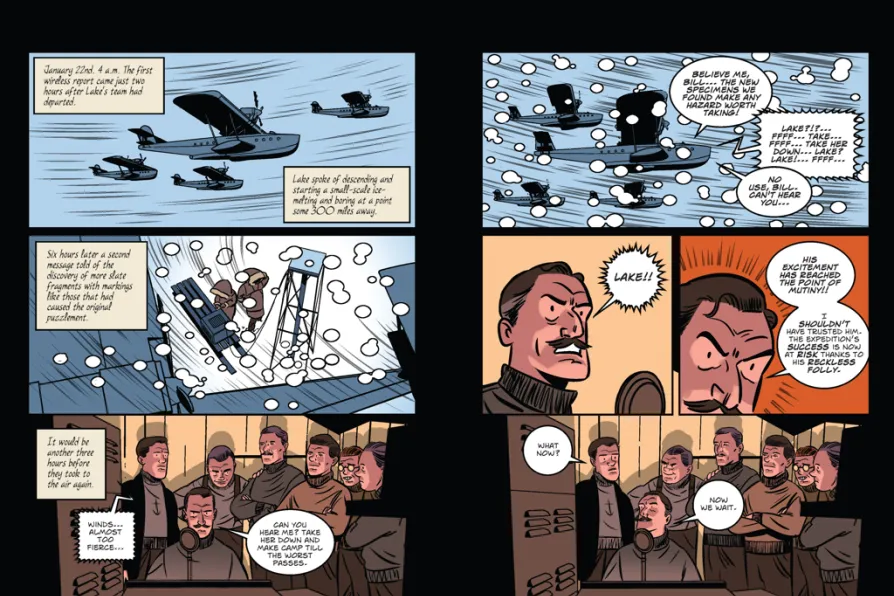RICHARD MURGATROYD enjoys a readable account of the life and meditations of one of the few Roman emperors with a good reputation
Picture This: Lovecraft


HOWARD PHILLIPS LOVECRAFT had a wonderful gift for accessing that dark recess of the reader’s mind where atavistic foreboding lurks, nourishing it with scenarios of dread at the malignant and petrifying unknown, both in the physical world around us and our innermost presentiments.
Of the quartet of stories in the graphic volume Lovecraft, adapted and illustrated by INJ Culbard, The Dream Quest of Unknown Kadath and The Case of Charles Dexter Ward are regarded as among his best.
Similar stories

Ben Cowles speaks with IAN ‘TREE’ ROBINSON and ANDY DAVIES, two of the string pullers behind the Manchester Punk Festival, ahead of its 10th year show later this month
Read Sisters, the journal of the National Assembly Of Women, below.

The Morning Star sorts the good eggs from the rotten scoundrels of the year

Two new releases from Burkina Faso and Niger, one from French-based Afro Latin The Bongo Hop, and rare Mexican bootlegs










